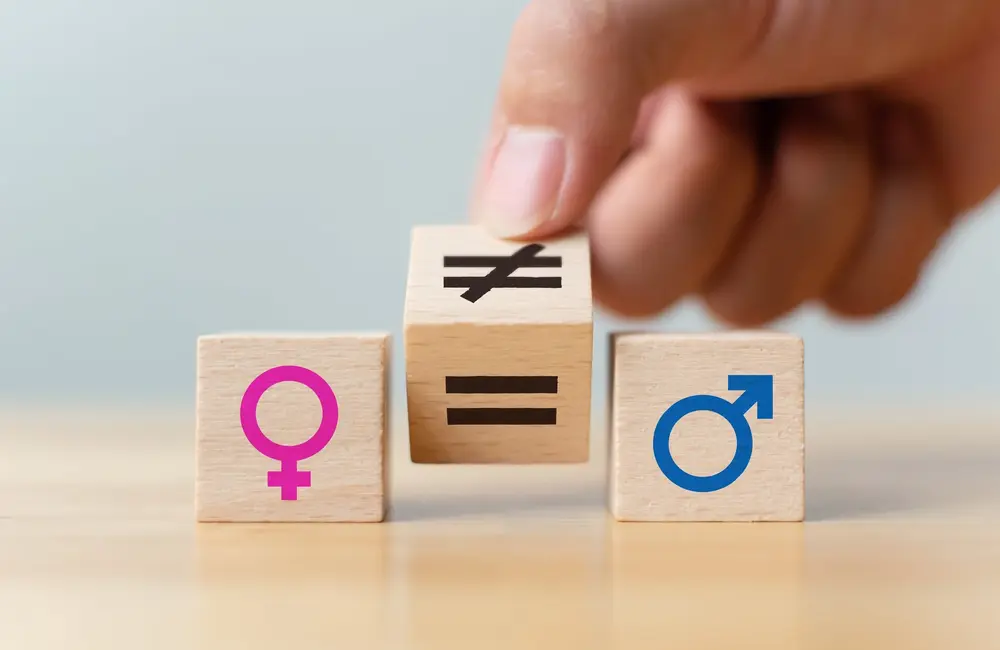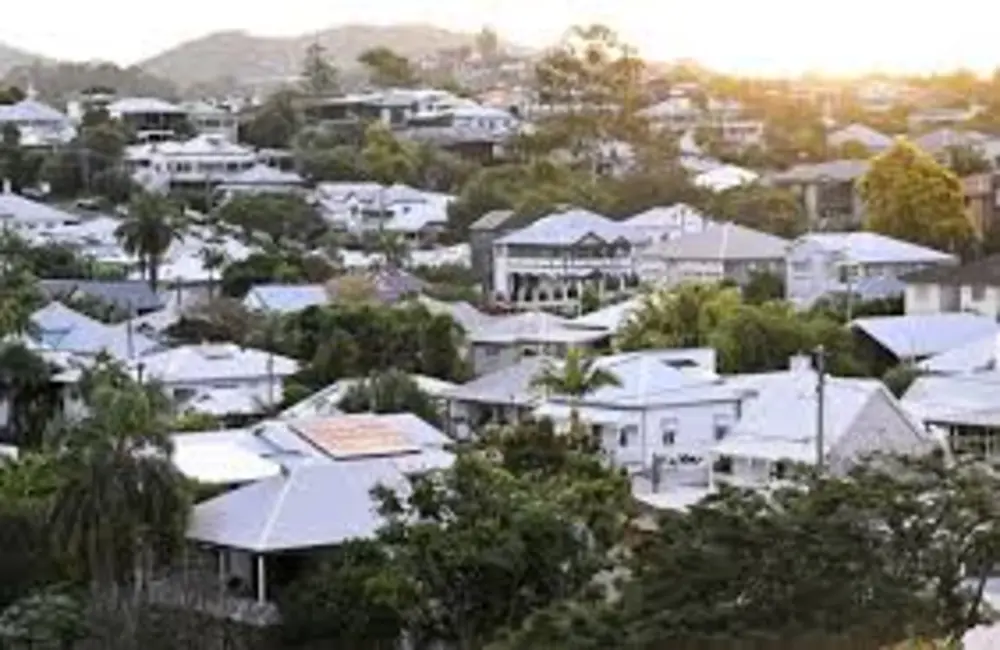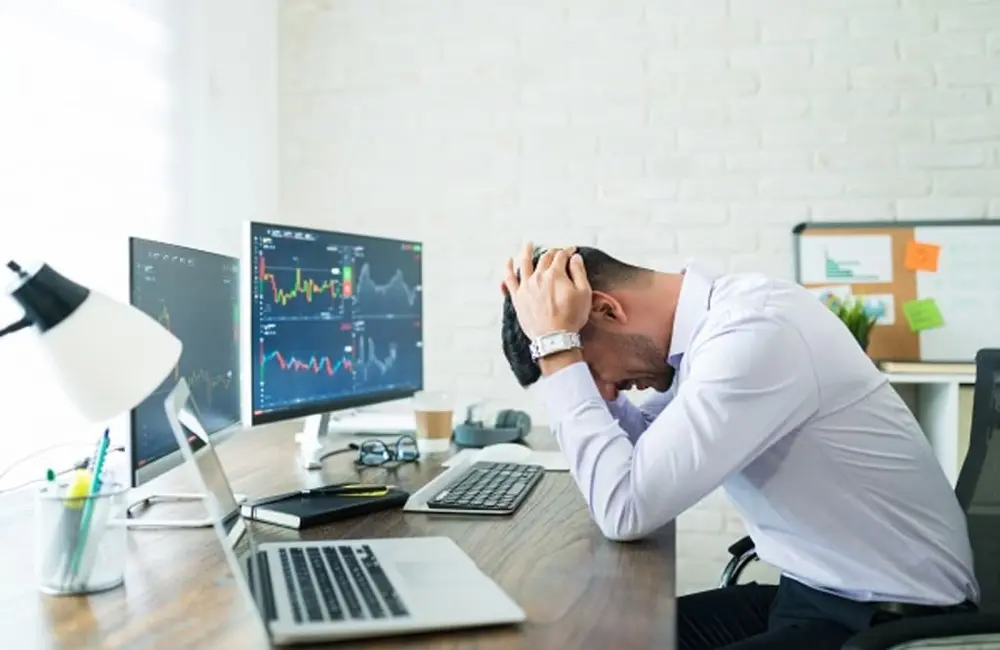Markets appear fixated on whether the Fed begins to change policy by slowing its pace of interest rate hikes. A blockade of Wall Street was driven by comments overnight by Fed boss Jerome Powell hinting at a coming slowdown in the pace of interest rate hikes.
But it is an easing of Covid lockdowns in China that may have the most impact on the fates of commodities, inflation, and interest rates in the next 12 months. A recent rally in stocks with a China focus indicates investors think recent Covid lockdown protests in China will push the government to lift lockdown measures sooner rather than later. We suspect these investors will be disappointed because Xi Jinping cannot afford to do this: he will lose credibility at home if he does.
Much more likely is that China quells the protests, maintains the lockdown until Covid cases taper off, and then opens again slowly, and stays open. This is a way that Xi can claim victory over Covid and not allow protests to get out of hand and start to threaten social stability – which is the Communist Party’s single greatest fear.
If, as we expect, re-opening occurs in Q1 of next year, then industrial-facing commodities as well as oil should take off again. Energy and copper are still super tight given enormous deficits in these markets. A reopening might also result in another surge of global inflation, and interest rates might go up, too.
How pervasive are the protests?
Your author has lived in Asia as an investment analyst for more than four years, including in China and Hong Kong, and one of the things I learned is that one should be wary of pundits commenting (including possibly me!) on China from outside of China. China is a vast, diverse country, and commentators can tend to generalize and oversimplify what is a complex reality.
Nowhere is that more the case than for questions about protests. What does appear clear is there have been several days of comparatively small protests against Covid lockdowns in various cities in China this past week. What is more opaque is the degree to which the anti-lockdown sentiment is spread, and the extent to which the protests are also anti-Xi Jinping.
What is strange is that China is still locked down, with the number of cases hundreds of times lower than that. The latest daily news count of 39,047 is small for a country with 1.4 billion people. Remember the average daily case peak in Australia exceeded 150,000. If you adjust for the populations of Australia and China, China's new cases every day are the equivalent of 700 cases across Australia nationally.
Note that from May to October this year China locked down despite having daily new cases under 2000 for the whole period. There’s little doubt that businesses are being affected by the Covid protests. The Apple supplier Foxconn reported severe disruptions at its iPhone factory in Zhengzhou. Those who have live streamed the protests say workers have been beaten by police. But lockdowns seem to have only been part of the worker’s beef, as complaints of overdue pay surfaced as well.
Government support measures
The context for these ongoing lockdowns is troubling. The lockdowns are inflicting huge economic pain on China and the government is pursuing a range of supportive economic measures. China’s central bank has cut the amount of cash banks must hold as reserves by 0.25% to 7.8% and says it will inject about 500 billion yuan (A$104 billion) in long-term liquidity.
The government has also ramped up help for the ailing property market. That included 250 billion yuan (A$52 billion) for bond financing for private property developers, and the announcement of 16 measures to support the housing market, including making financing available for construction, including for projects, and encouraging banks to extend mortgage repayments for buyers of short supply housing.
When will China reopen?
The Covid-zero policy is now President Xi Jinping’s issue. He praised the country’s efforts in 2020-2021, when cases stayed low, and pointedly discussed case numbers in the rest of the world at that time to underscore his policy’s success.
Currently, and with recent protests against lockdowns, there are three likely possibilities investors will have to consider:
- The lockdowns remain in place until Covid goes away completely, or at least until it is largely gone. This is likely to result in yet another extension of lockdowns that have now been in force for nearly three years. China might become more forceful in crushing any protests.
- Lockdowns are lifted and the country tolerates any subsequent rise in Covid cases. The protests may be seen as too great a threat to social order and that compels the move. China had been slowly reopening for the past several months until the latest resurgence of cases.
- Protests are squashed, and China stays shut down until pandemic cases let up some. They gradually re-open and remain open. That way, Xi can declare victory over Covid, the protests can fade away, the economy can get up-and-going again.
It looks like markets are pricing in scenario 2. We think scenario 3 is more likely. The answer is that it would tarnish Xi’s credibility if the country did so now after nearly three years of Covid-zero, and it believes it can keep the population cowed and cowering as it has done for so long. Dictators lose credibility at their own peril.
Scenario 3 seems like a win-win for Xi and the people of China, who are likely to want to experience the delight of being unlocked from their stale homes for an extended period. But first, the protests need to subside and the Covid cases need to drop.
If I had to guess, I’d place it reopen around Chinese New Year. That is only a guess, however, because it depends on both Covid case and the protest volume.
How do markets fare in those situations?
Let’s try to think about how the market would probably respond to each of the possibilities.
In scenario 1, China borders would remain effectively closed, and China’s economy would continue to slow, depressing demand for goods and inflation everywhere. Commodity prices might fall. That would help to put worldwide inflation to rest, maybe a lot. And that would be supportive of the US Federal Reserve in terms of slowing down the pace of interest rate hikes.
The worry might instead become one of slow economic growth instead of inflation. The extended lockdowns would be damaging to exporters, like Australia and European countries including Germany. Stocks could get an initial bounce but any whispers of slowing the economy would put a ceiling on how much they rose. Bonds would probably be the biggest winner. The doldrums would last for quite some time.
If scenario 2 was adopted, the number of Chinese holidaymakers and spending on things like luxury goods would surge and happen almost instantly. Demand would re-accelerate for energy and commodities as the economy booms.
Your author continues to like the likes of oil and copper, both of which are massively undersupplied and any pick up in Chinese demand could easily send prices higher, possibly substantially so.
For commodities prices, emerging markets’ stocks and currencies, Scenario 2 would be good. It stands to be bearish for rates, and bonds, and for nations with consumer indebtedness. Australia would no doubt enjoy the higher commodity prices, but higher inflation, higher interest rates would be a drag on the consumer and, of course, the housing sector.
With scenario 3, it would be scenario 2 + time lapse, anticlimactic. We’re guessing for the first quarter of 2023 as that date, though there will be a number of factors that will play into it.
China’s long-term problems
We’ve discussed a number of scenarios for China through the next 12 months, but the long-term outlook for the country looks poor. There are three main issues:
- A canyon of slowing in real estate, reminiscent of Japan in the 1990s.
For too long, China has juiced its economy and GDP with its real estate and infrastructure development. That stimulus had lost its effectiveness, stalling economic growth and causing residential and commercial property prices to fall. Since 2020, apartments in so-called 3rd and 4th tier cities have plunged as much as 20%. According to Kenneth Rogoff, Professor of Economics and Public Policy at Harvard University, these cities are responsible for more than 60% of China’s GDP, so any slowdown there will be felt more widely. He also points out that the real estate sector contributes around 23% to China production and 26% to China final economic demand.
The long-term fault belongs to China’s one-child policy. What matters about a shrinking working-age population is that it is a drag on demand in the economy. I mean, after all, GDP (that is, gross domestic product) is nothing more than the sum of the rate of growth of the population and GDP per capita. According to a study by the Rand Corporation, a 10% increase in the share of the population that is +60 reduces the growth rate of GDP per capita by 5.5%. “Two-thirds of that reduction comes from slower growth in labor productivity of workers at all ages; one-third comes from slower growth of the labor force,” the paper says.
China’s 20th Party Congress in October clearly prioritized security and stability and downplayed the economy.
Security is of course logical given the US has, effectively, declared a tech war with its semiconductor restrictions, firstly on Huawei and then expanding it to cover all Chinese corporates, (a brief overview can be found in the previous Firstlinks). But it does not augur well for the private sector. Internet companies have already faced a regulatory assault to clean up “bad habits” from online gaming, live-streaming, music, and private tutoring. There’s no indication yet that government encroachments on the private sector will abate anytime soon.

























